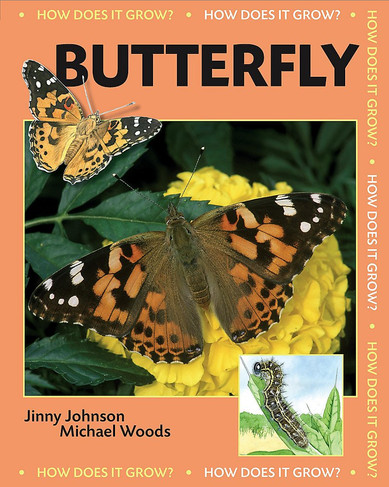Weekly Activities at Blackheath - Wild Flowers and Pollination
- Keith

- Jun 8, 2021
- 2 min read
Book(s) of the week: Dandelion and Butterfly by Jinny Johnson.
Main Activity: This week we talked about wild flowers and pollination which can be tricky for children to understand but because it's so important we thought we would base our weekly activity around it.
We started by explaining to the children that pollination is the process by which flowering plants grow more of themselves or reproduce. We told them that in some cases, the wind and rain blows pollen between plants but that most plants need bees, butterflies and other insects to pollinate from one plant to the next. We said that when a bee, or other insect lands on a flower, small bits of pollen stick to its legs and as the bee flies to the next plant, it takes the pollen with it. We added that plants rely on bees and other insects to make this happen and if they ever stopped pollinating, it could damage the plants that grow fruit and produce oxygen. We finished by saying that people need the bees, the plants, and food they provide to survive and preserve the planet and we would not have fruit to eat or beautiful flowers to see without pollination which is why it's so important.
Next we planted some wild flower seeds for the children to take home. We got some small plant pots and asked the children to fill them with compost. They then put some wild flower seeds into the compost and pushed them down with their fingers. They watered the seeds and the older children wrote their names on lolly sticks which they pushed into the compost. The younger ones tried to either copy the first letter of their name or drew a pattern on their lolly sticks.
Extension Activity: We went through some of the terms used in pollination (see below) and asked all the children if they wanted to draw or paint a picture of brightly coloured flowers.
What is pollen? Pollen is a small, powdery substance that normally has a yellowish colour. Look closely at the middle of a flower and you may be able to see pollen at the end of the stamen stalks. Bees will eat pollen as it is high in sugar and protein.
What is nectar? A sugary liquid that is high in energy. Flowers produce nectar to attract pollinators such as bees, butterflies, flies, beetles and wasps.
What are petals? The outer colourful, pretty parts of a flower.
What is the pistil? The girl part of a flower that makes seeds or 'ovules' that make other flowers.
What is the stamen? The boy part of a flower that produces pollen.
What is the stigma? A sticky bulb found in the centre of the flower.
Home Activity: Follow the link below to see a diagram produced by the Eden Project aimed at explaining pollination to children. Ask you child to draw or paint a picture of either a bee or butterfly on a brightly coloured flower and upload it to Tapestry.





















































Comments